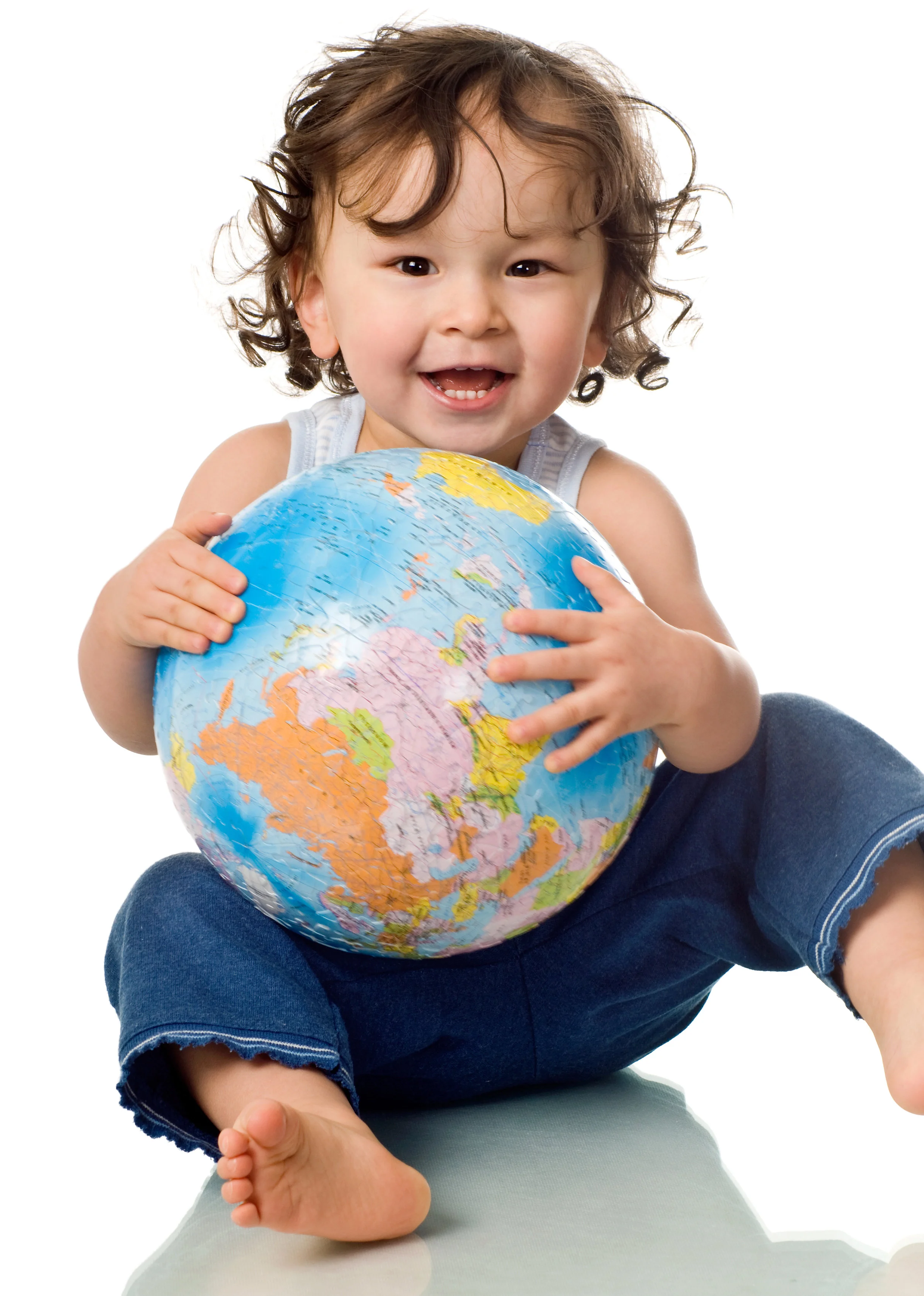From the time of the fall equinox until the New Year begins, there is an added element of excitement and sense of the fantastic, especially when there are children around. Make the most of the holidays by expanding your child’s bilingual education to include learning about the customs, holidays and fun that are part of the culture of your child’s second language.
When learning a second language, observing traditions and understanding celebrations, helps a child’s vocabulary grow as his well as providing a connection to the culture.
Here are two celebrations that will help your bilingual child better relate to his or her adopted or first culture.
- Día de Muertos — If your child is learning Spanish talk about Día de Muertos, a Mexican Holiday that coincides with All Hallow’s Eve and All Saints Day. Some traditions include personal altars called ofrendas set up in homes. Visits to the graves of loved ones are featured. Gifts of sugar skulls and marigolds are presented along with personal items that once belonged to the loved one. To read more about Día de Muertos browse this informative article from Huffington Post.
- Chongyang Festival ( 重阳节 ) — is celebrated in China, Vietnam, Hong Kong, and Japan. This holiday, which began before the Han period, is still celebrated today. Also known as the Double Ninth Festival, this celebration has many traditions you can do with your family to learn more about the culture. One tradition is climbing a steep hill or mountain to symbolically defeat evil. The festival occurs on the ninth day of the ninth month in the Chinese lunar calendar. It is believed that the day contains too much yang and so brings trouble. You can read about some of the traditions, myths, and ceremonies, and the reasons behind them in this article.
There are many holidays, celebrations and traditions to be explored. Take some time to browse the internet for information on these.
- A good starting place for your search is to type into the search engine: _______ Holidays. (insert: Chinese, German, Portuguese, or the country of the language your child is studying).
- Select one holiday or festival and enter that name in your search engine, e.g., Chongyang Festival, for more information about the holiday.
You will soon have a long list of holidays, traditions, and adventures to extend your child’s learning.
For more information on how Little Pim can support and contribute to your child’s bilingual education visit our website and browse our blog posts today.












